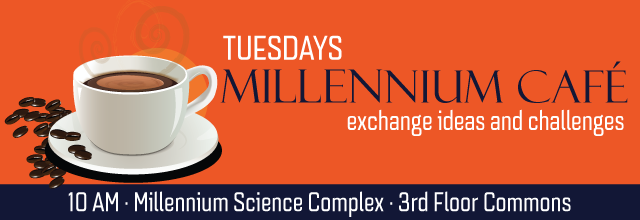
We will engage researchers from different disciplines to consider the ethical, social, legal, and cultural implications of innovative biomedical research for patients, people, animals, and populations. Panel experts and audience participants will specifically discuss the opportunities and challenges of governing neuroscientific advances and novel neurotechnologies.
Neuroscience has reached a pivotal point in its study of the human brain, including the creation of novel neurotechnologies with unique capabilities for both understanding the brain's intricate functions and manipulating neural activity with high precision. While both neuroscience and neurotechnology are critical to improving societal and individual well-being, both can also be applied in a variety of domains such as law, context of legal systems, employment, and entertainment, impacting our daily lives and society in unprecedented ways: some positive and some negative. This poses unique ethical, social, and legal questions, including:
How can we best regulate development and use?
What can be learned from other technologies regarding how best to govern emerging technologies?
Is new regulation needed to address neurotechnologies?
Panelist:
Jennifer Wagner | Law, Policy, and Engineering
Laura Cabrera | Engineering Science & Mechanics / Rock Ethics Institute
Michele Mekel | Bioethics, law, and Medical Humanities
Moderator: Laura Weyrich | Anthropology and Bioethics
